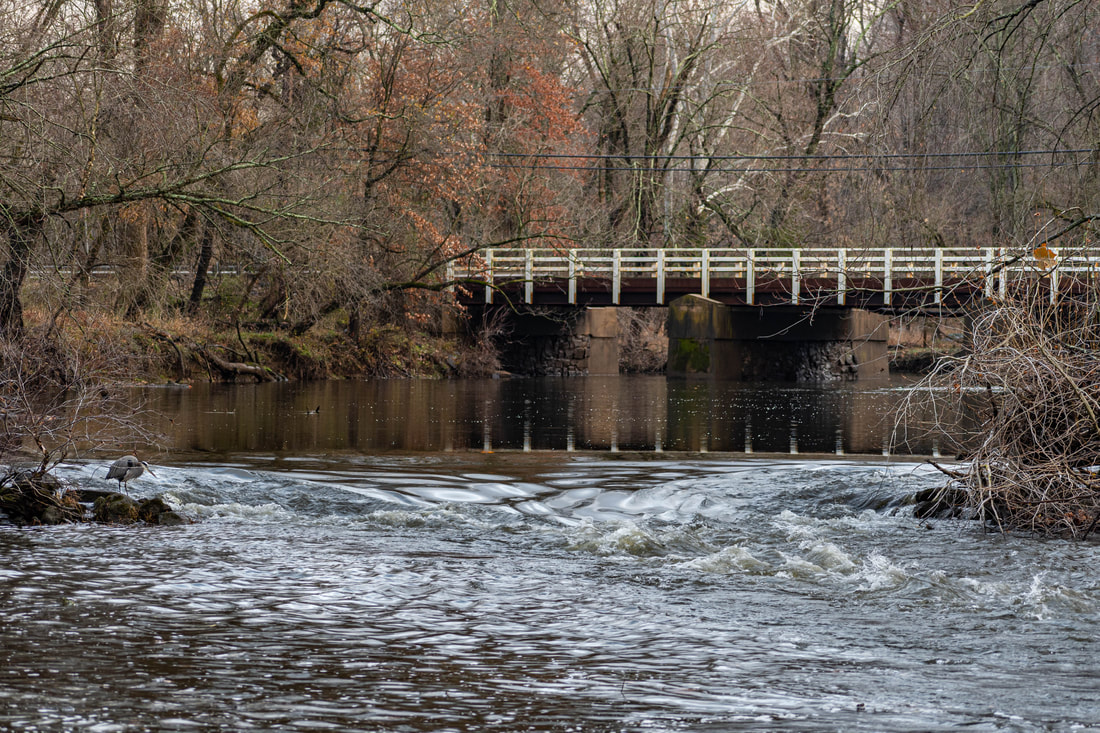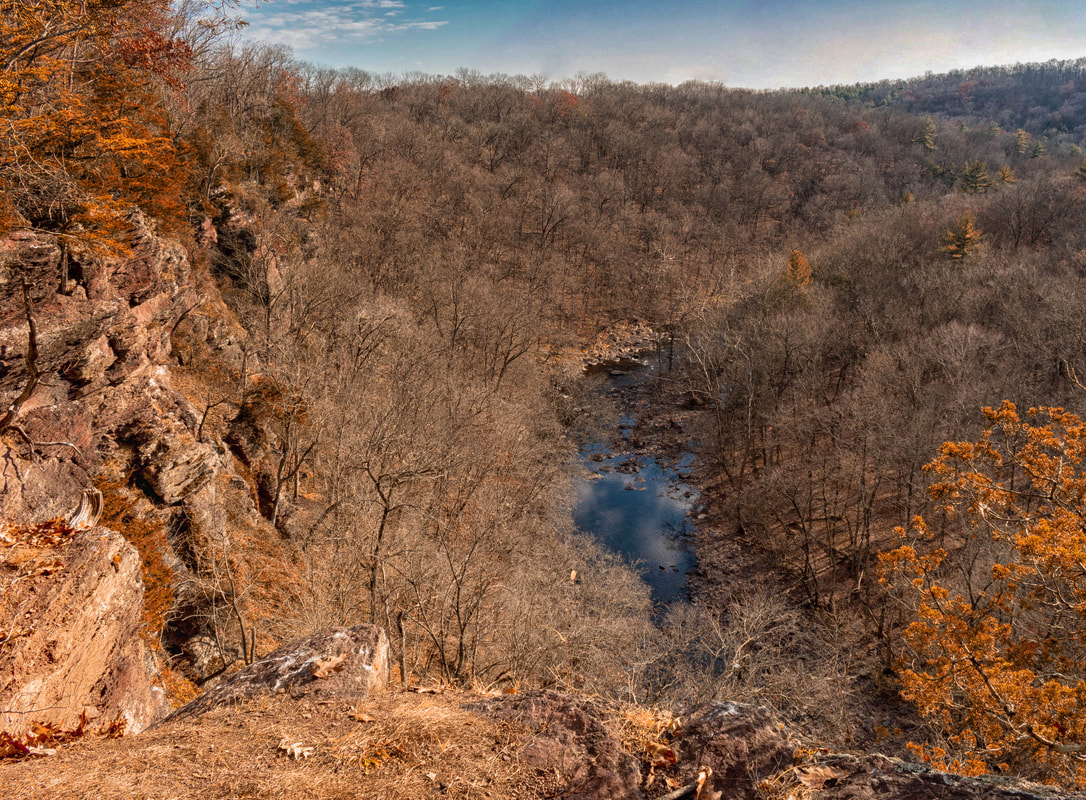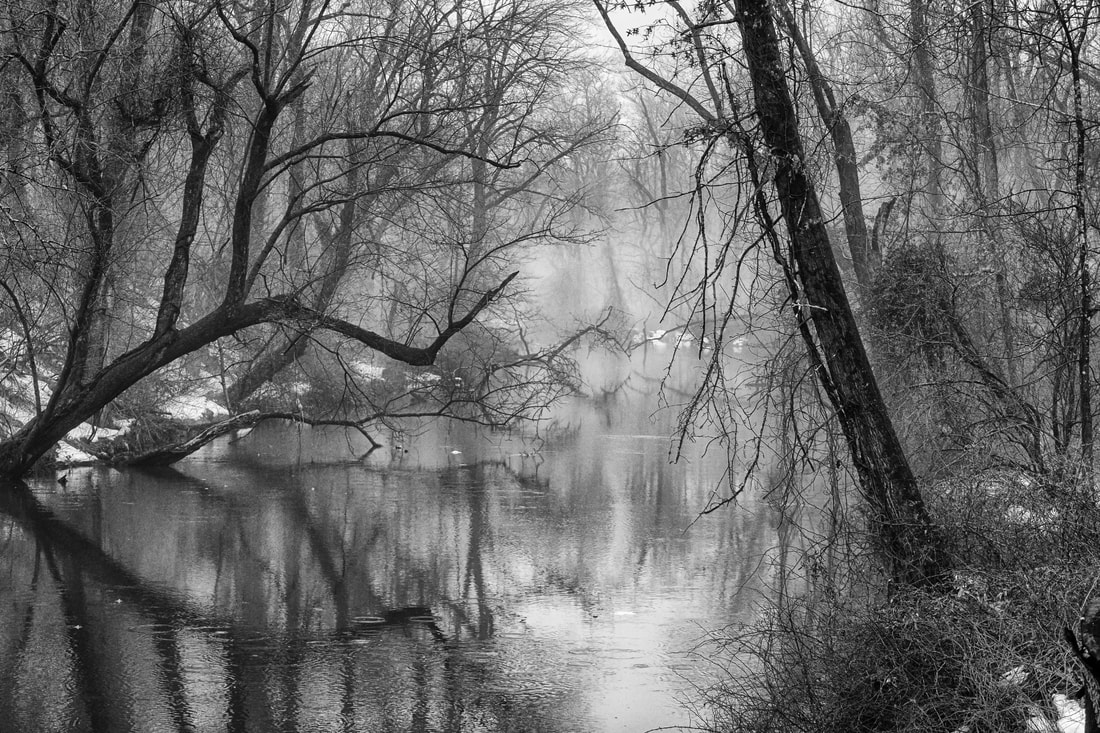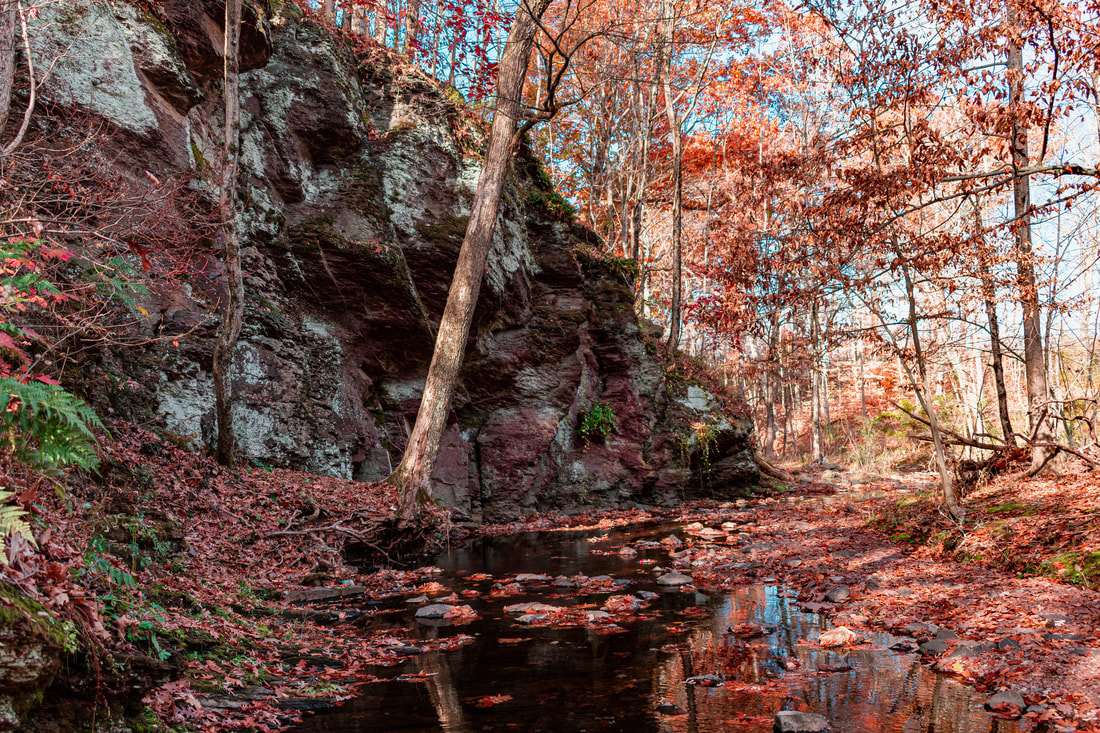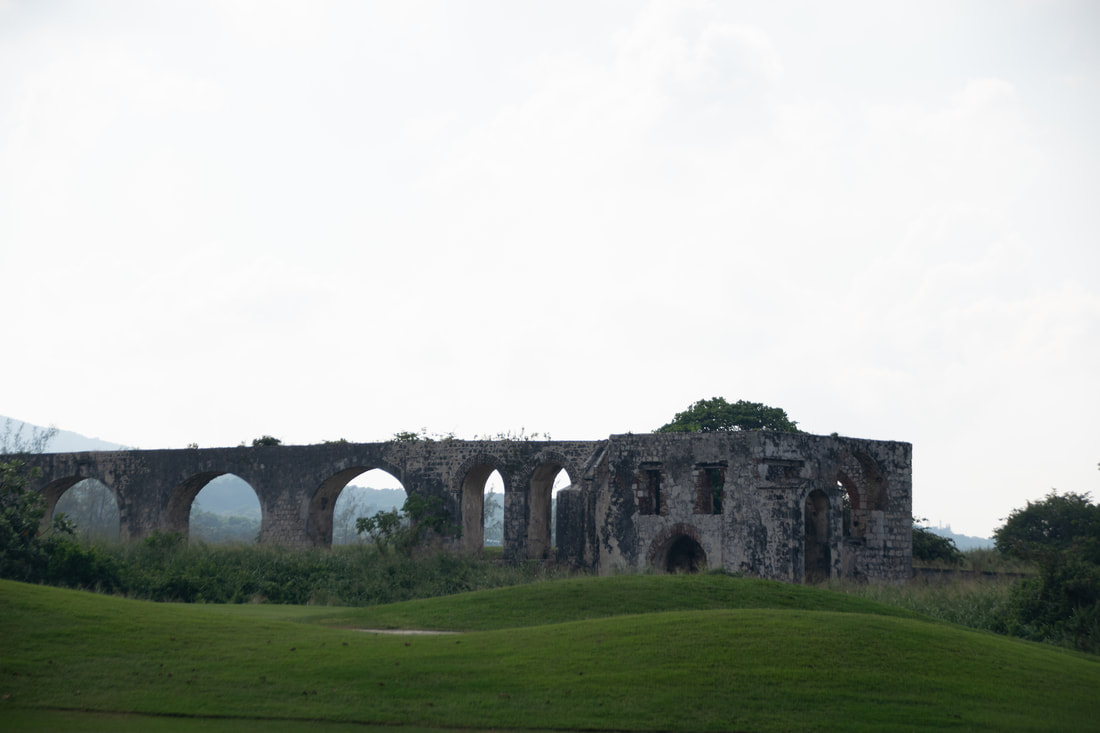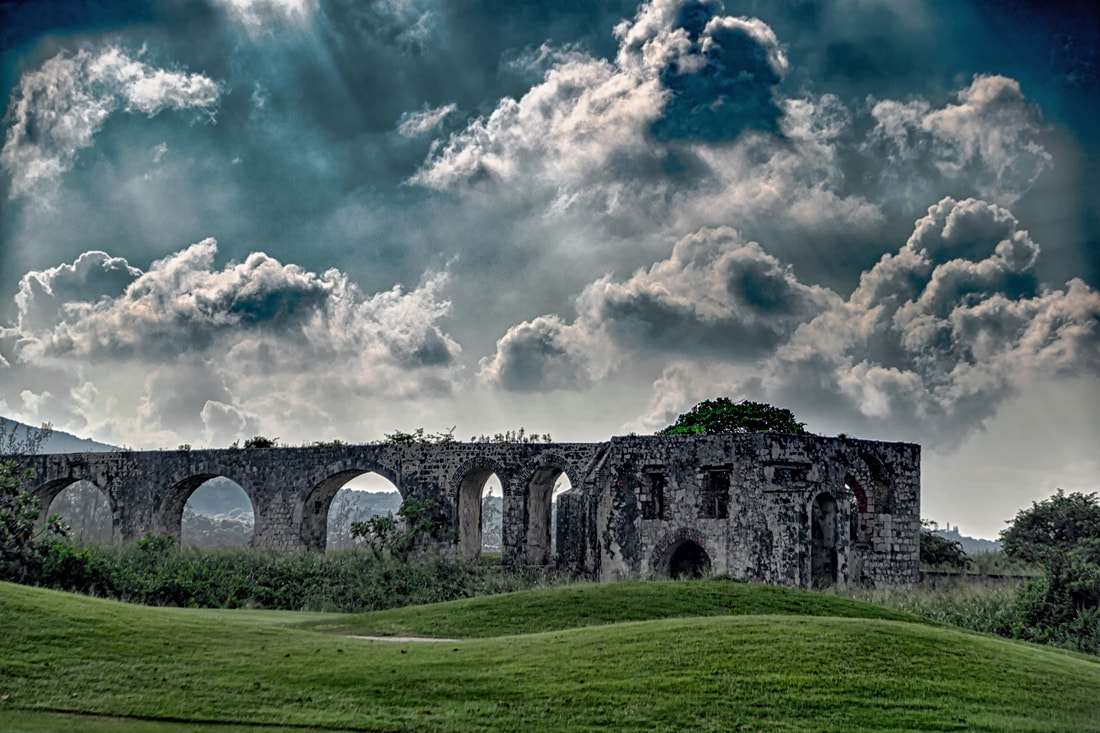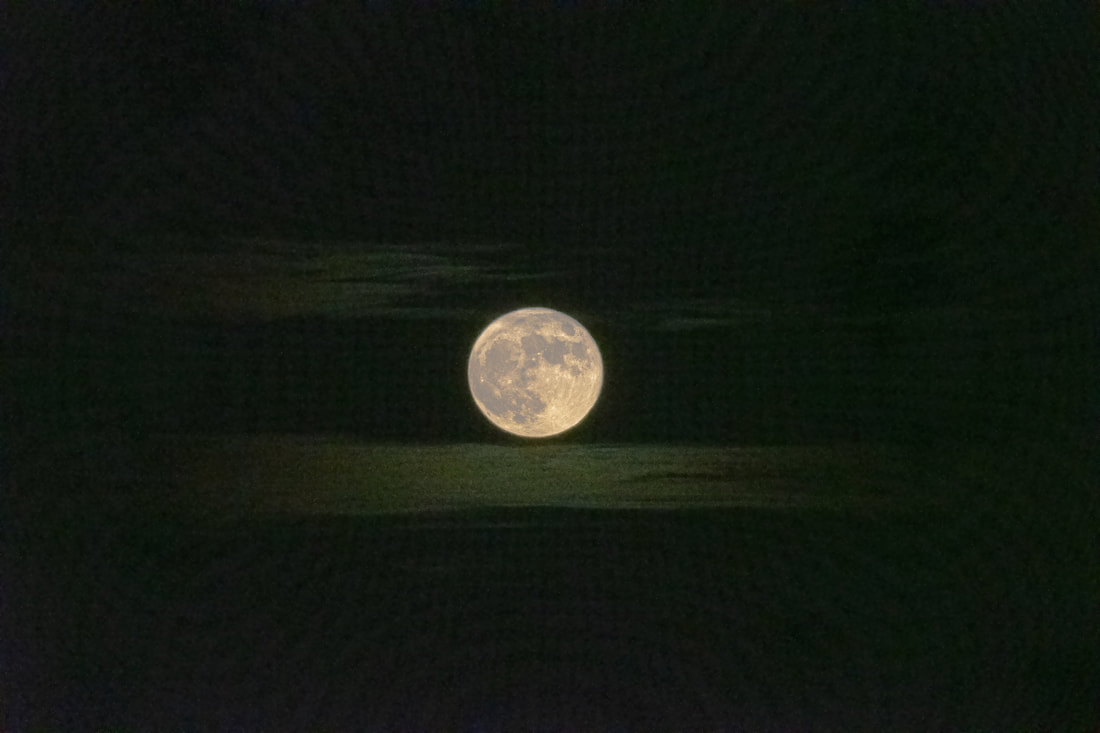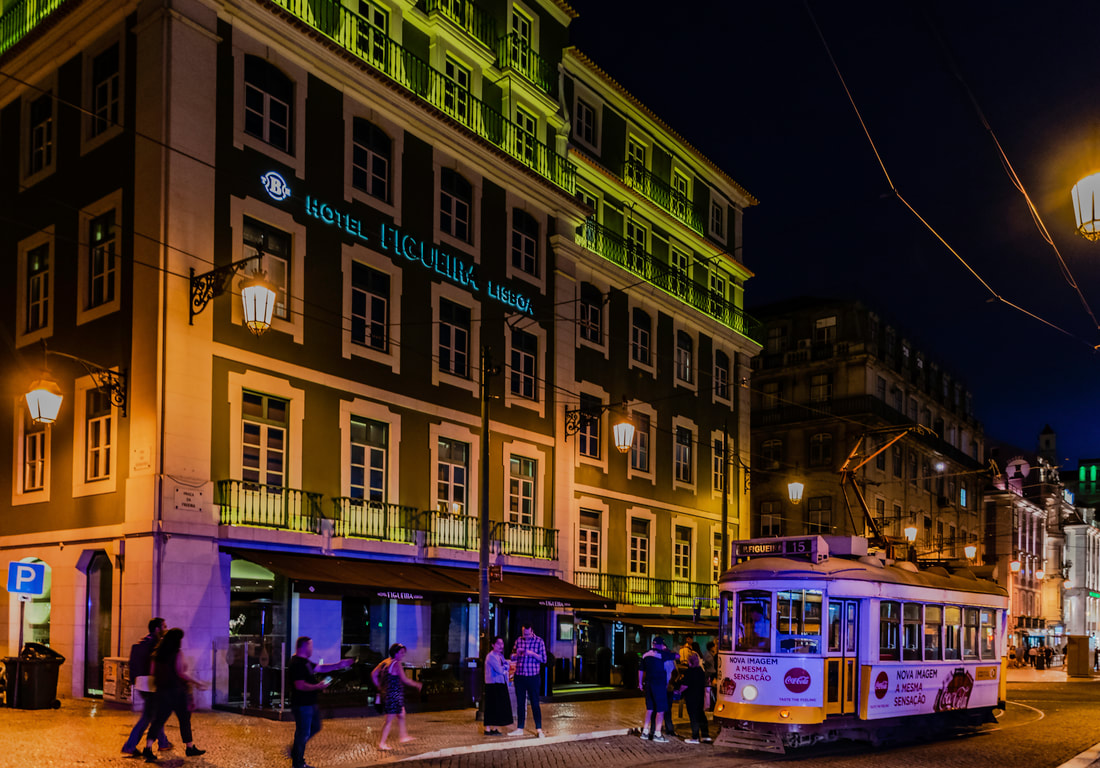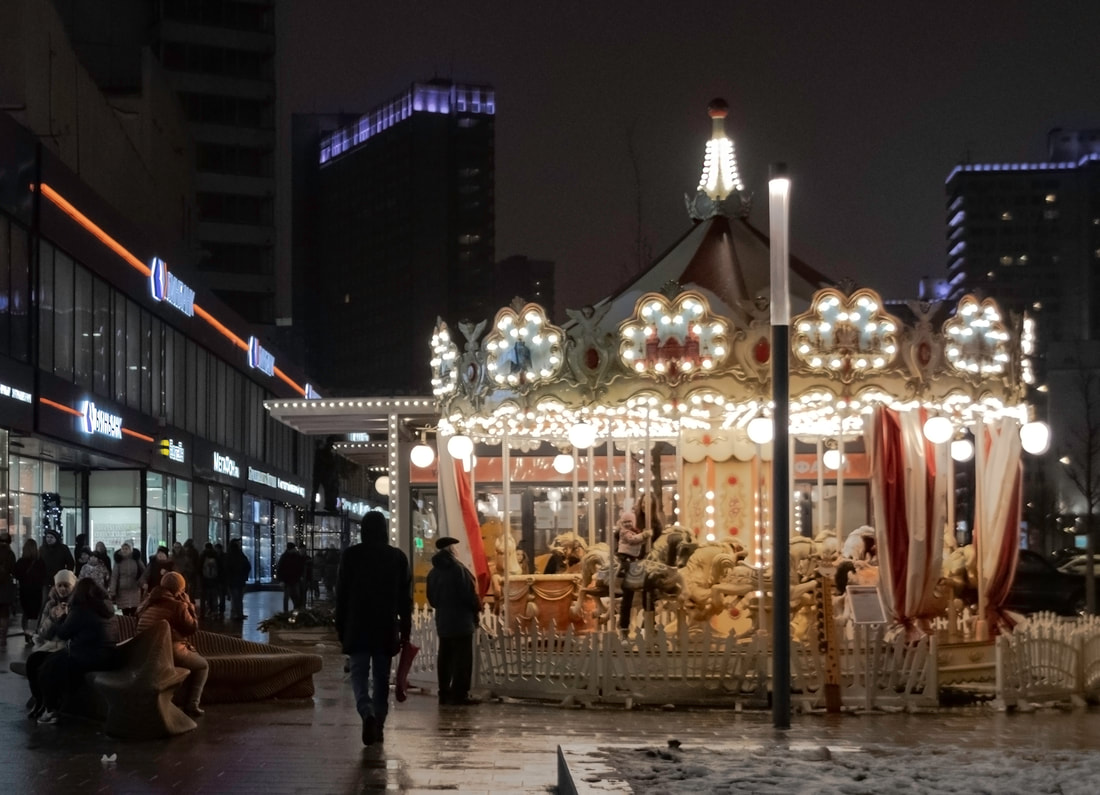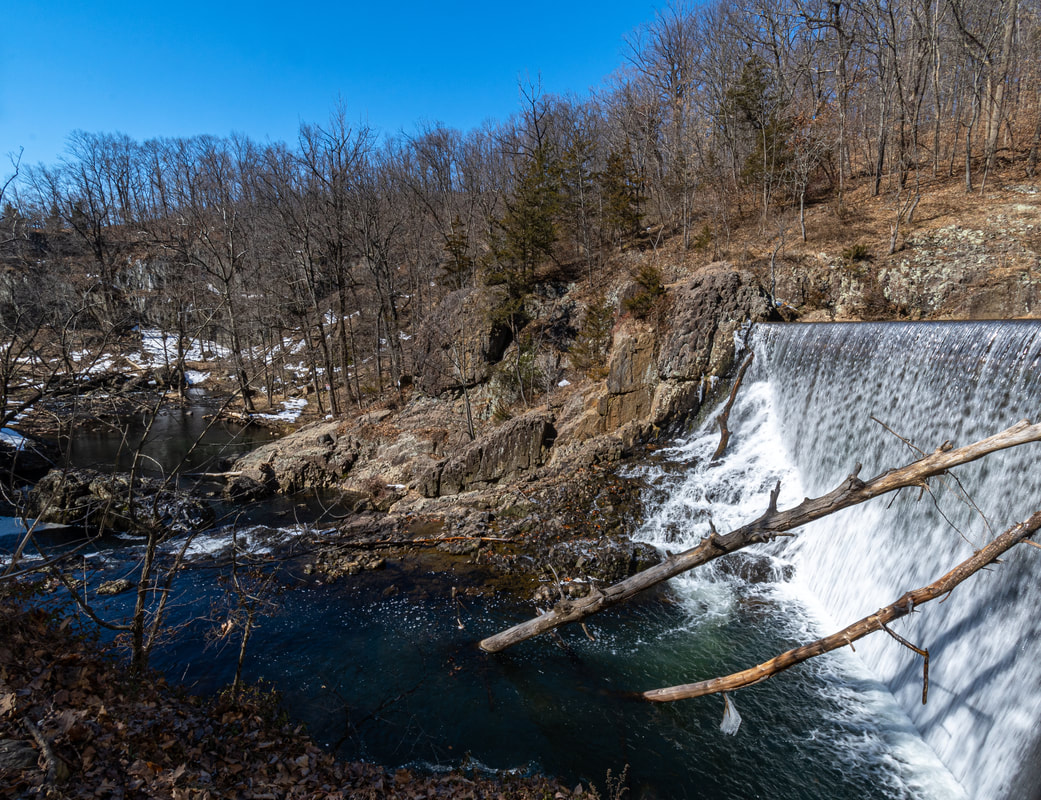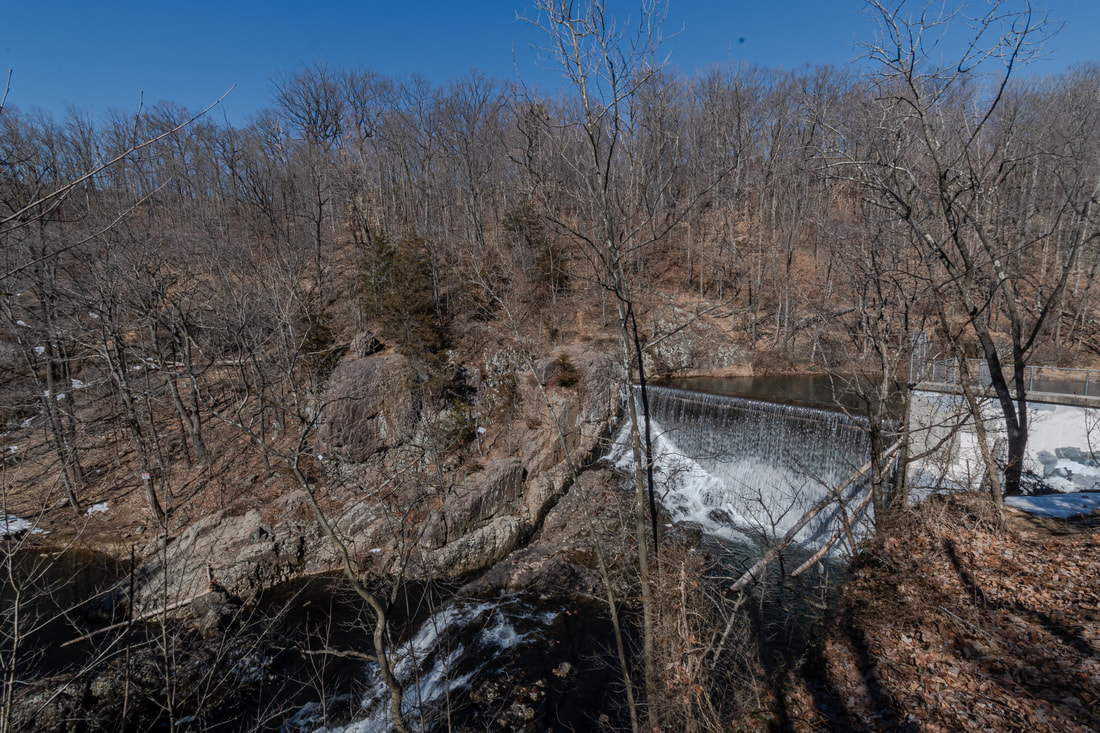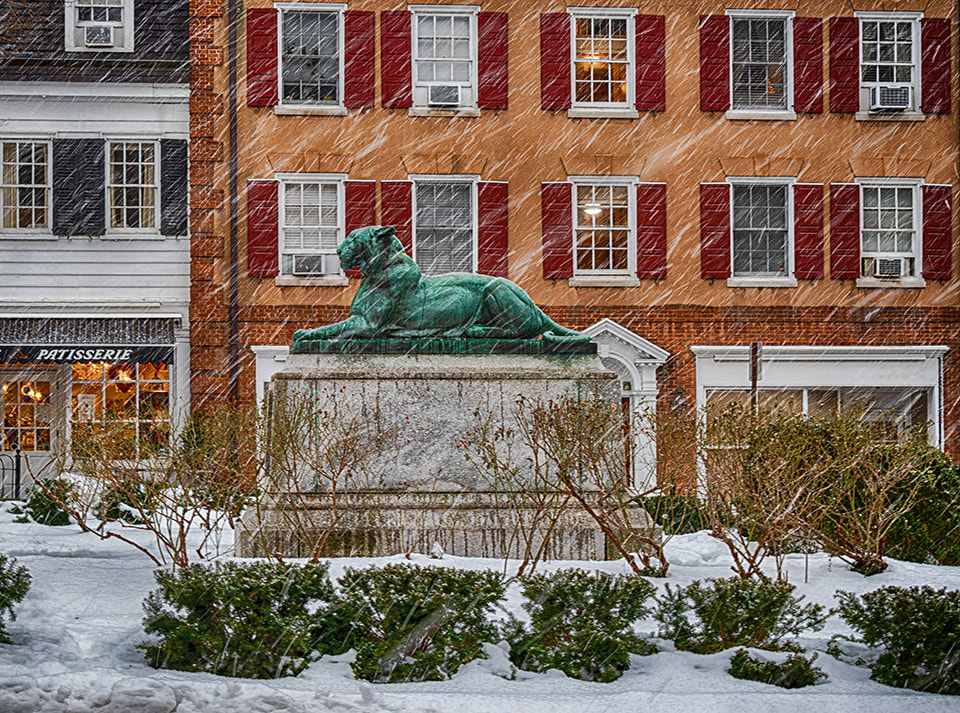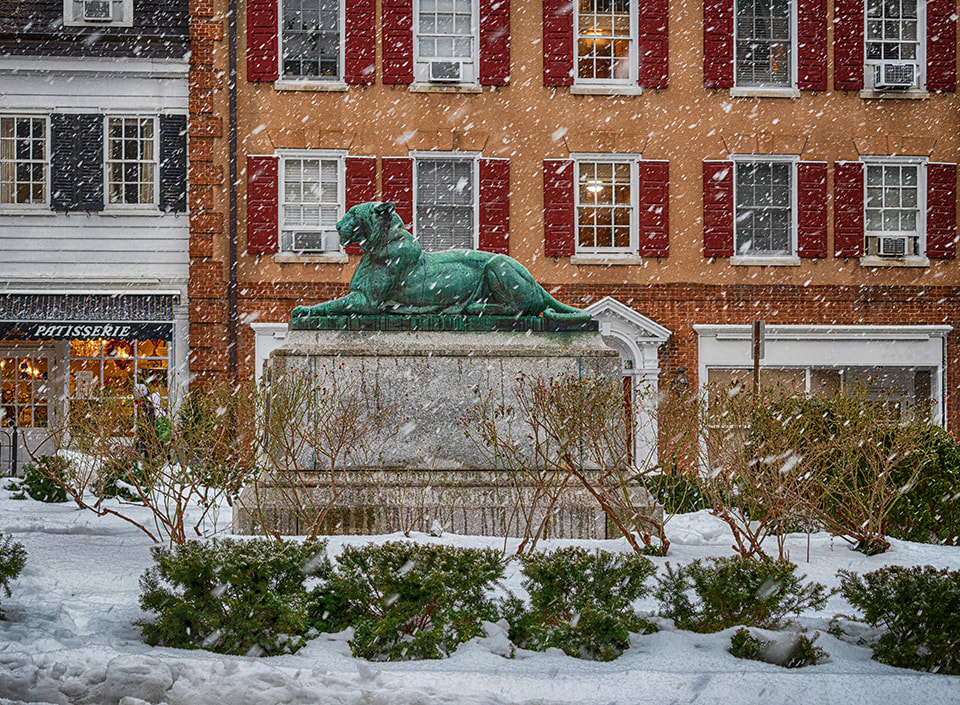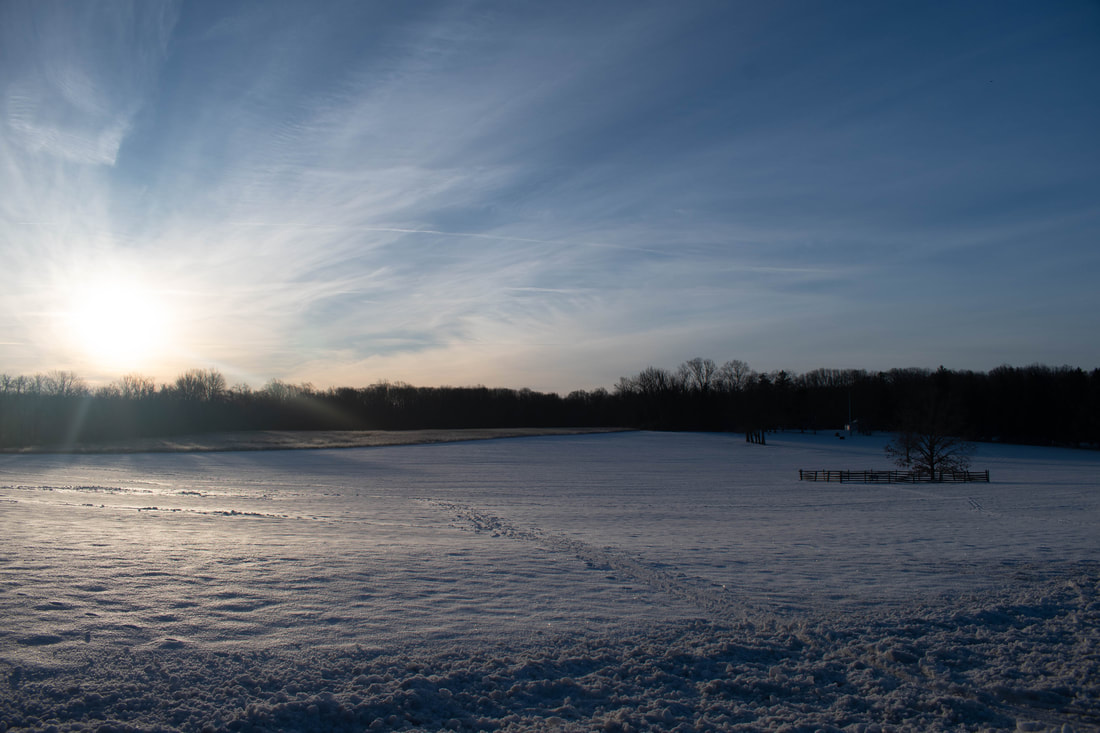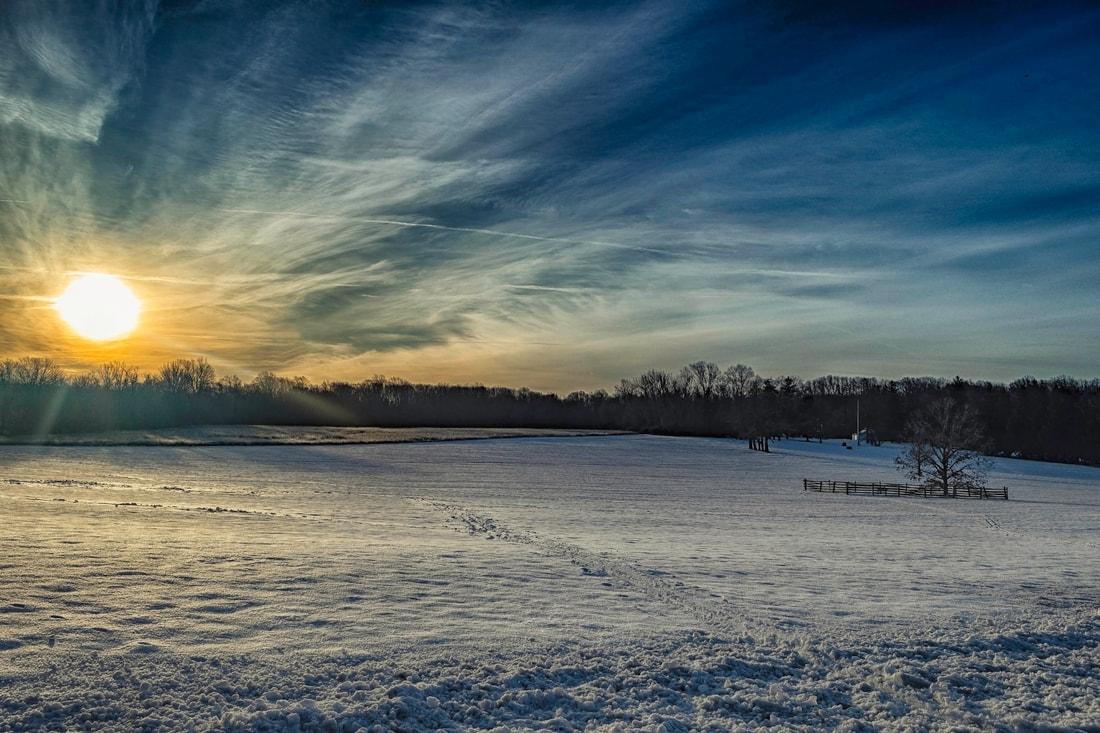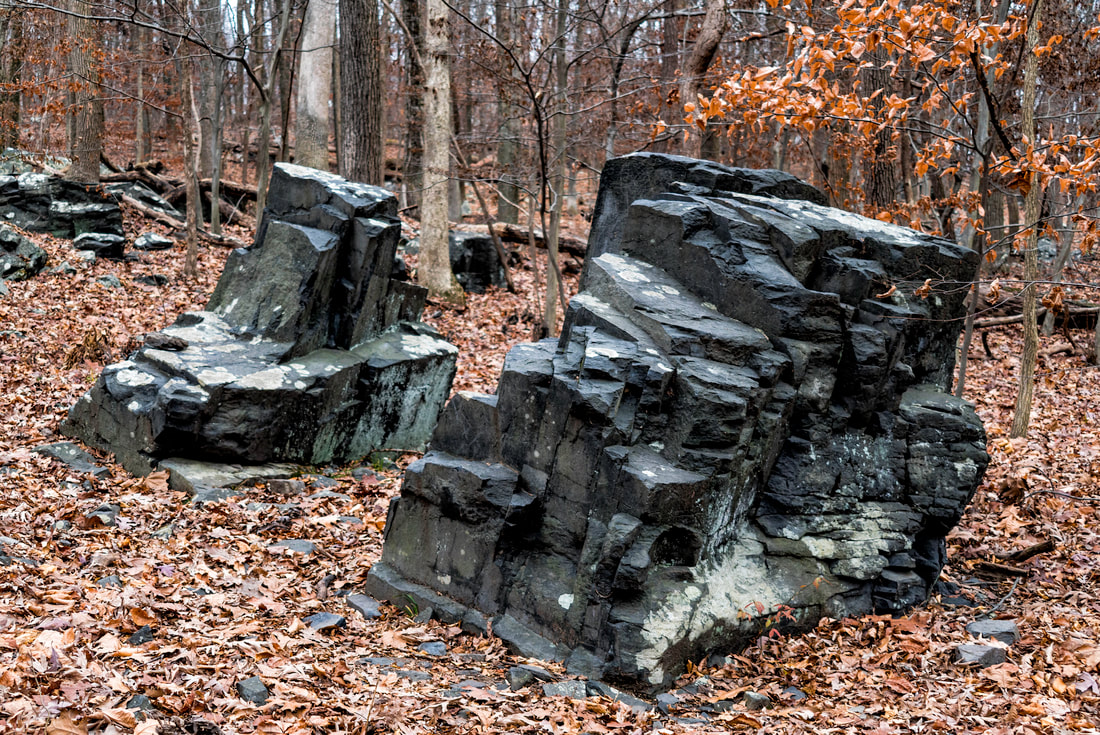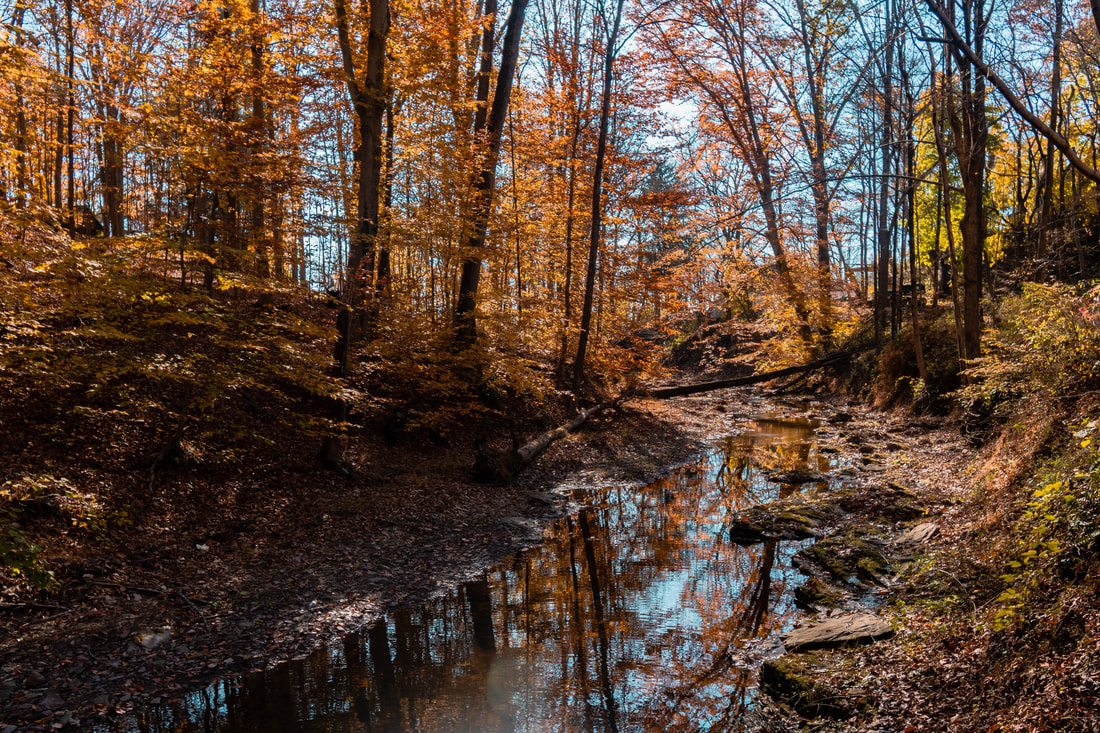Below is the Millstone River at Rocky Hill, New Jersey. I like this spot because the cascading water and simple bridge are picturesque. On a day without wind, you can put the camera on a tripod and keep the lens open for just a few seconds. The bridge and trees will be sharp; the water will be flowing smoothly.
The bottom line is that some combinations just won’t work, and you have to consider what you want your image to show. I wanted to include all of the elements that could capture the beauty of this spot, not just one or two.
